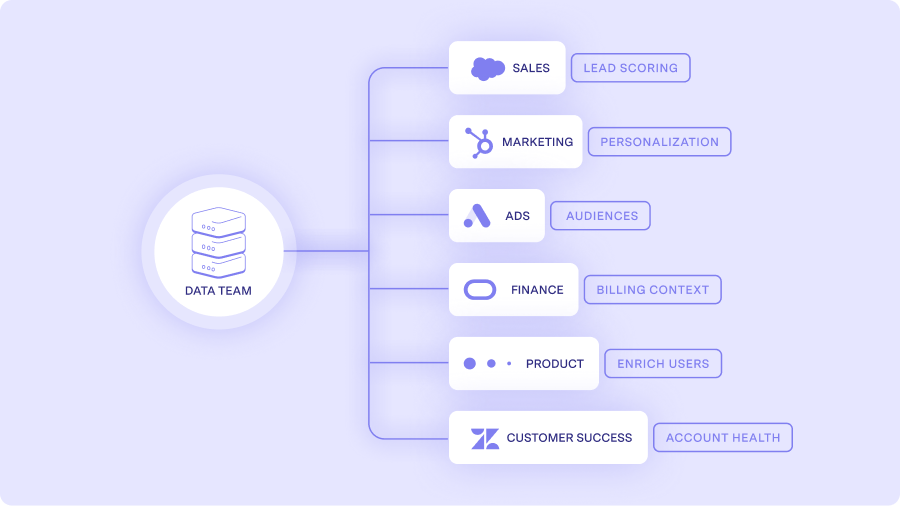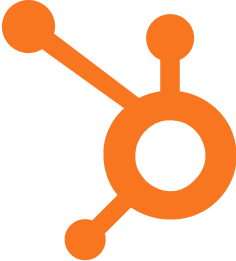Sync your data warehouse to Twitter Ads
Target, re-engage, and reach the audiences that matter with Twitter Ads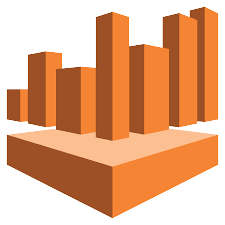







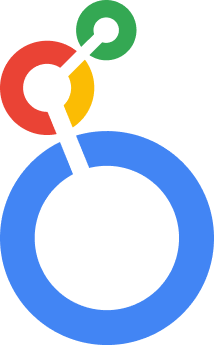


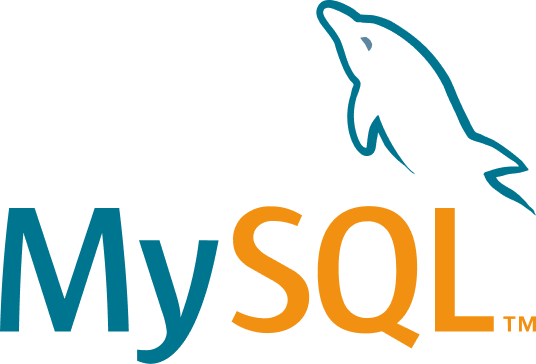











Dynamic Audiences
Create granular segments or audiences based on any data so you can send personalized emails, show ads to inactive users to reengage them, promote new features to users who will benefit the most, and many more use cases.
Lookalike Audiences
Create lookalike audiences based on your best existing customers. Lookalike audiences are a safe and cost-effective way to expand and improve the quality of your advertising audiences at the same time.
Marketing Personalization
Send the right message to the right person every time, all the time. Automatically educate and nurture customers to create upsell opportunities, send product recommendations based on customer behavior, and trigger campaigns based on calculated metrics with up-to-date data.
Learn how to connect Twitter Ads and Census


Lorem ipsum headline here
1. unify & Define
Stop waiting on the
data you need
Add industry data to account records in Salesforce, classify contacts by persona, or calculate custom discounts based on LTV. Census AI columns can do it all in seconds—without a single line of code.
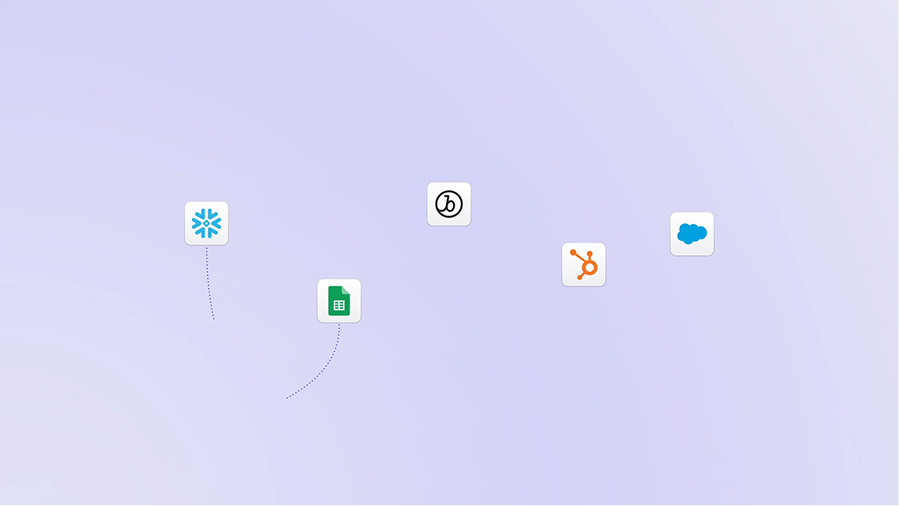
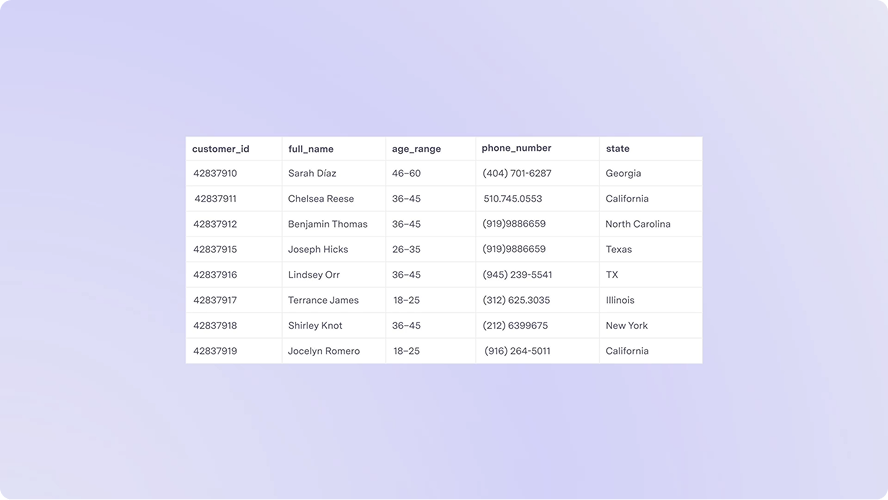
2. enrich and enhance
Deeper insights.
Faster activation.
Draft personalized email content, classify outbound responses with sentiment analysis tools, and calculate the most engaging follow up content for prospects. Sync it all directly to your outbounding and nurture platforms.

3. unify & observe
Enrich and classify
customer profiles
Remove special characters or misaligned case formats from data with the click of a button. Create rollup calculations in seconds to ensure that the data you need is always ready to sync.
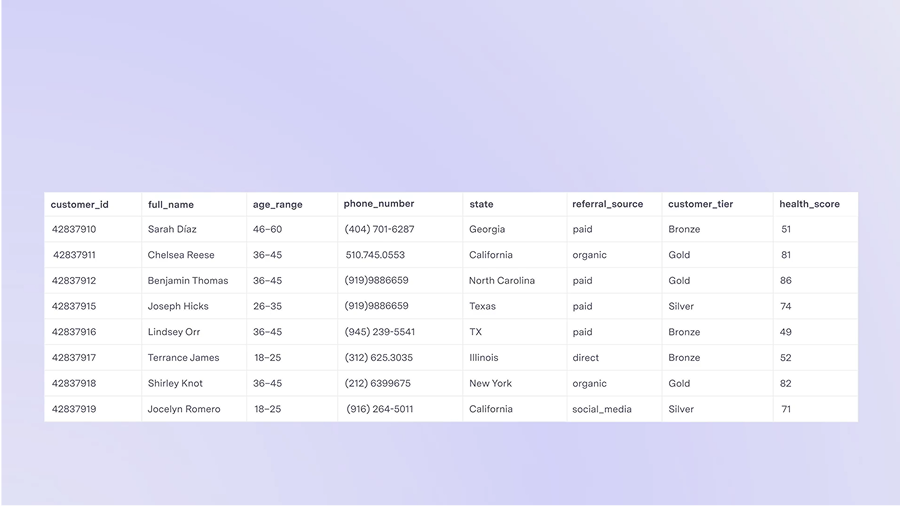
Where can Census sync to in Twitter Ads?
Conversion API
The Twitter Audience Platform (TAP) is a network where advertisers can expand the reach of their campaigns beyond Twitter through devices served by MoPub. Conversion tracking on TAP through the API works much like Twitter conversion tracking does.
Audience API
The Audience API was launched as part of v4 of the Ads API and with it, brings several improvements to the legacy Audiences endpoints.
“Activating all our first-party data gives our digital marketing team the ability to generate customized and personalized customer lists at speed.


A single source of truth in all your tools
Census is the easiest way to share a consistent view of your data across your entire business. Define your models, metrics, and business logic in your data warehouse and sync them to all your operational tools.
- Create trust in consistent metrics
- Automate confidently with clean data
- Simplify your data integration strategy
- Improve data security and visibility
